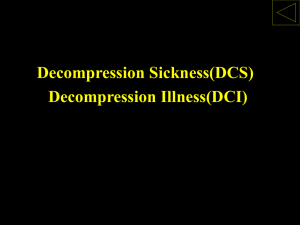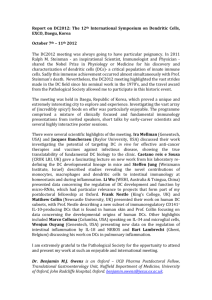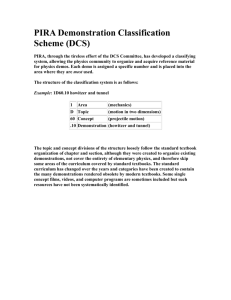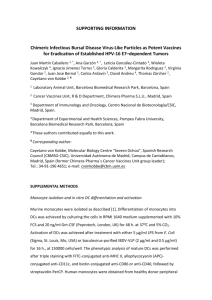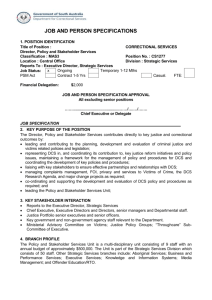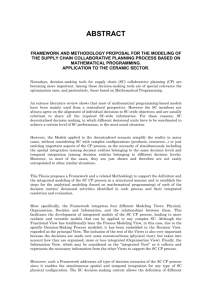Legends
advertisement
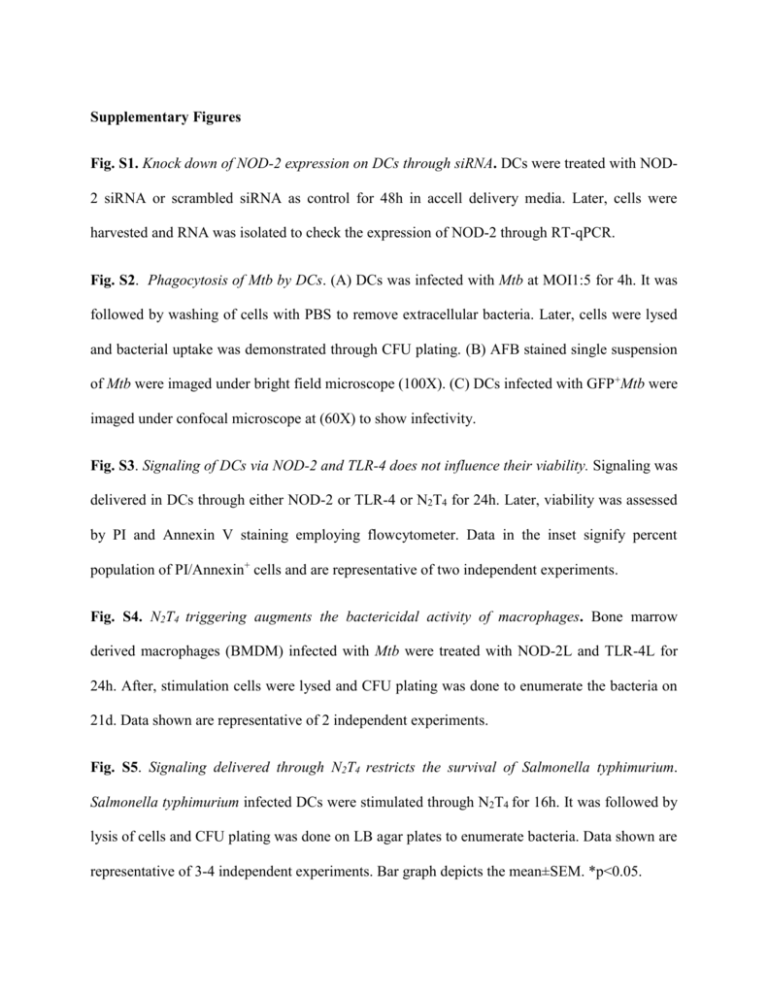
Supplementary Figures Fig. S1. Knock down of NOD-2 expression on DCs through siRNA. DCs were treated with NOD2 siRNA or scrambled siRNA as control for 48h in accell delivery media. Later, cells were harvested and RNA was isolated to check the expression of NOD-2 through RT-qPCR. Fig. S2. Phagocytosis of Mtb by DCs. (A) DCs was infected with Mtb at MOI1:5 for 4h. It was followed by washing of cells with PBS to remove extracellular bacteria. Later, cells were lysed and bacterial uptake was demonstrated through CFU plating. (B) AFB stained single suspension of Mtb were imaged under bright field microscope (100X). (C) DCs infected with GFP+Mtb were imaged under confocal microscope at (60X) to show infectivity. Fig. S3. Signaling of DCs via NOD-2 and TLR-4 does not influence their viability. Signaling was delivered in DCs through either NOD-2 or TLR-4 or N2T4 for 24h. Later, viability was assessed by PI and Annexin V staining employing flowcytometer. Data in the inset signify percent population of PI/Annexin+ cells and are representative of two independent experiments. Fig. S4. N2T4 triggering augments the bactericidal activity of macrophages. Bone marrow derived macrophages (BMDM) infected with Mtb were treated with NOD-2L and TLR-4L for 24h. After, stimulation cells were lysed and CFU plating was done to enumerate the bacteria on 21d. Data shown are representative of 2 independent experiments. Fig. S5. Signaling delivered through N2T4 restricts the survival of Salmonella typhimurium. Salmonella typhimurium infected DCs were stimulated through N2T4 for 16h. It was followed by lysis of cells and CFU plating was done on LB agar plates to enumerate bacteria. Data shown are representative of 3-4 independent experiments. Bar graph depicts the mean±SEM. *p<0.05.




